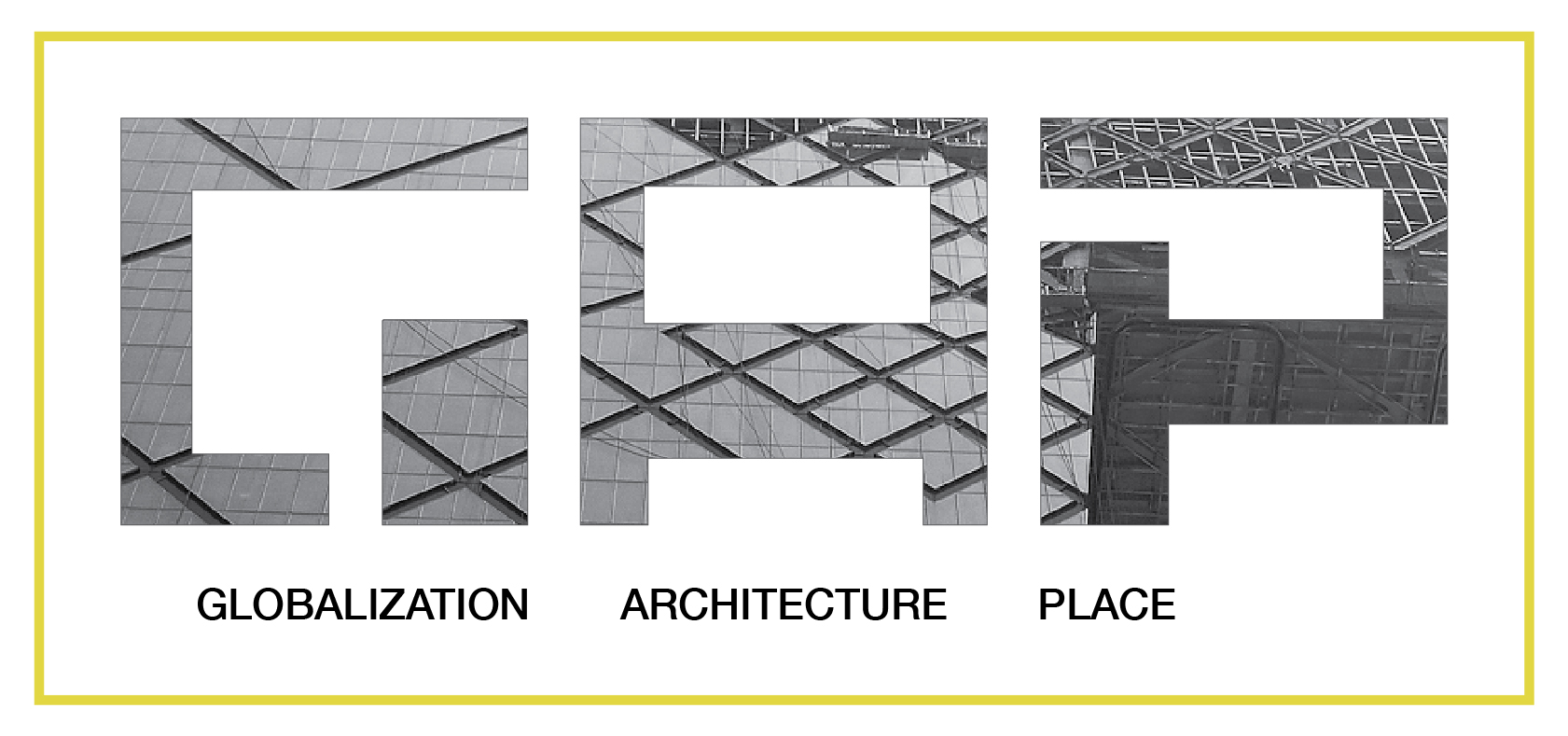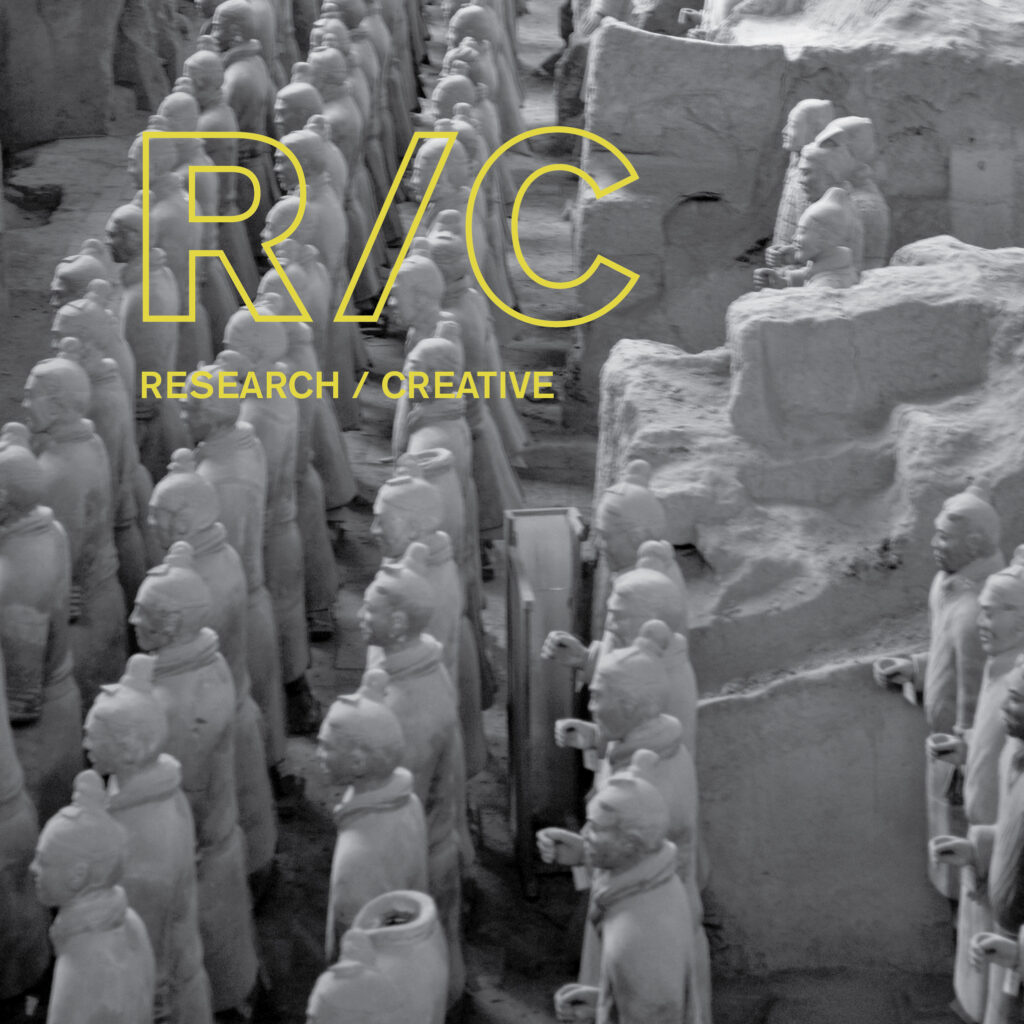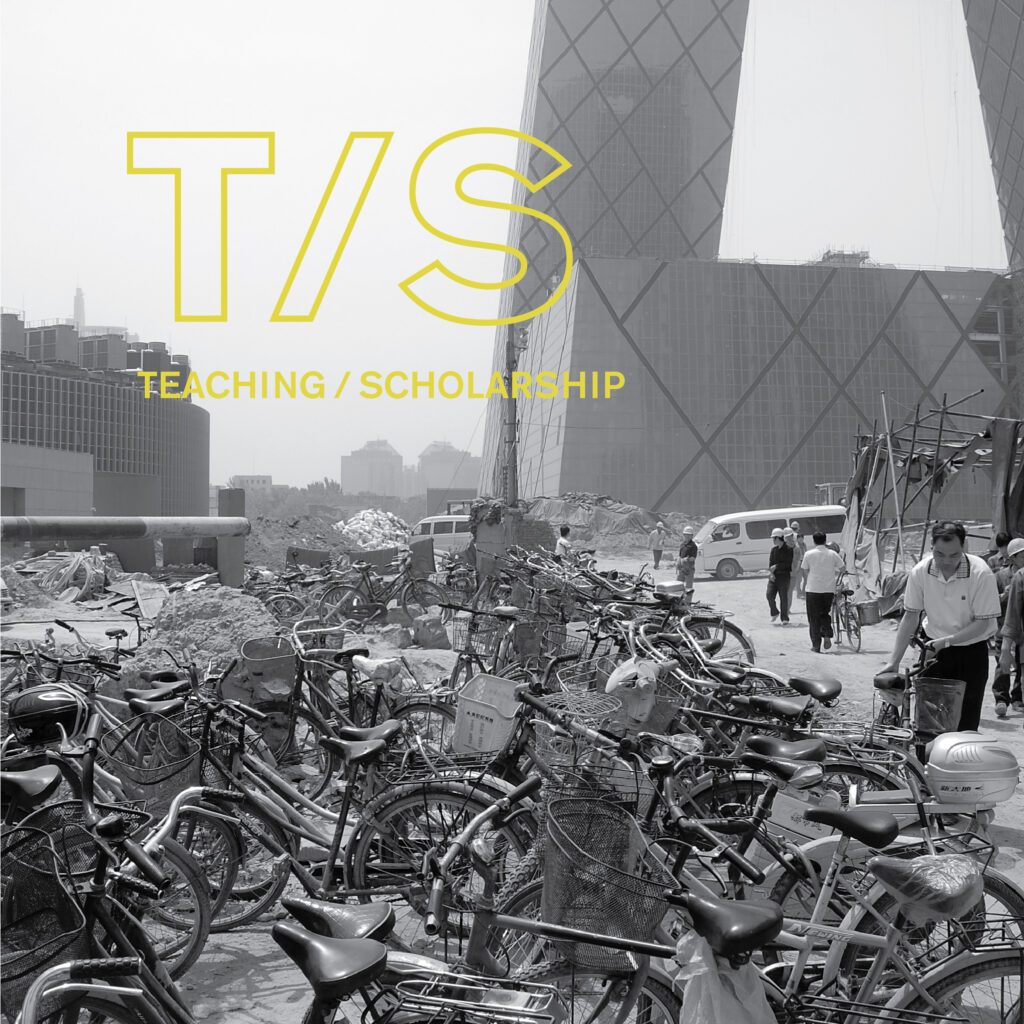G.A.P. (Globalization.Architecture.Place), as a unifying theme, investigates the social/economic forces unleashed by globalization through the referential frame of architecture and urbanism.
As globalization redefines modern life, architecture’s response has been to force potential innovation into conventional referential frames— reproducible en mass— to generically engage the demands of diverse cultural identities and conditions around the globe. Innovation within the present context will not emerge from the latest aesthetic trend or technology, but only from rigorous, yet imaginative, conjecture. One undertaken at a simultaneity of scales and between traditional boundaries, yet sensitive to the uniqueness and diversity of cultural traditions and identities encountered. My research focuses on how the discipline of architecture might better adapt and navigate the current challenges in health, climate change, and cultural emerging within the present context of rapid globalization.
My teaching agenda introduces a cross-disciplinary outlook more adept at addressing the complexity of the architectural endeavor within the current environment of globalization. This approach re-envisions the traditional architectural mindset by refocusing contemporary design dialogues towards more fully addressing the broad-ranging possibilities emergent in today’s built environment. My courses/studios explore the power of transgressing superficial “readings” overly focused on stylistic concerns to create design strategies that better address complex concerns on the “globalized” building site of today. With this, learning environments are transformed into humanities “laboratories” where students explore the potential power of philosophically based themes ultimately questioning the values that create disciplinary identities and mindsets.
G.A.P.
(GLOBALIZATION / ARCHITECTURE / PLACE)
Modern landscapes are profoundly ambivalent. On the one hand they are obvious manifestations of technical accomplishments and widespread material prosperity— obvious because we know and appreciate them for these qualities in daily life. On the other hand, they reflect aesthetic confusion, ethical poverty and a disturbing dependence on technical expertise, but these are subtle and can only be identified by a deliberate effort of observation and reflection…
— Edward (Ted) Relph
The transformation of contemporary life over the past decades has been dramatic as the technological advances underlying globalization spur massive economic, technological, and social change. The scale and pace of these integrative forces are largely incomprehensible from a single disciplinary viewpoint. Though the changes have brought significant gains in economic prosperity to many, their underlying rationalistic tendencies also affect cultures and historically significant landscapes in ubiquitous, adverse ways. Architecture can exasperate these issues as its activities impact our connection to “place” where the most acute effects are felt such as the sense of loss for our vanishing cultural traditions.
G.A.P., as a unifying theme, investigates the social/economic forces unleashed by globalization through the referential frame of architecture and urbanism. It gathers, analyzes, and interprets their meaning relating to architecture’s role within their vortex. This informs the “core” outlook for my research and teaching and seeks to trace globalizations broad-ranging influence over a variety of subjects such as architecture, urbanism, aesthetics, ethics, health, and environmental studies. Under G.A.P., my teaching/research does not seek to project a specific design agenda, exclusive disciplinary viewpoint, style, or aesthetic, but rather asserts the importance of critical thought in understanding emergent global issues and their intrinsic connections. As an architectural educator, I strive to cultivate an awareness of the effects of global change to daily life generally and more specifically, to the discipline of architecture. Measuring the consequences of the paradox of globalization, and how architecture is often complicit in its manifestation, bridges our increasing cultural interdependence and the rationalistic manipulation of our environment. G.A.P. promotes a design-based critical thought process seeking, first and foremost, to question the importance of architecture in the process of globalization.


